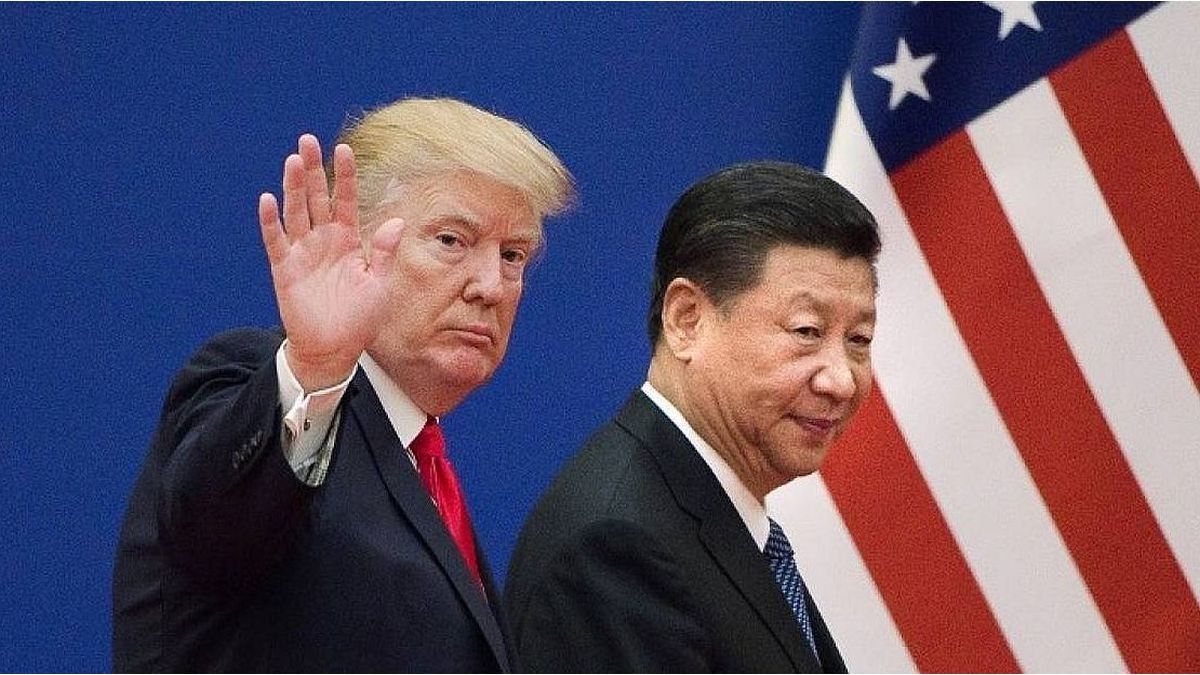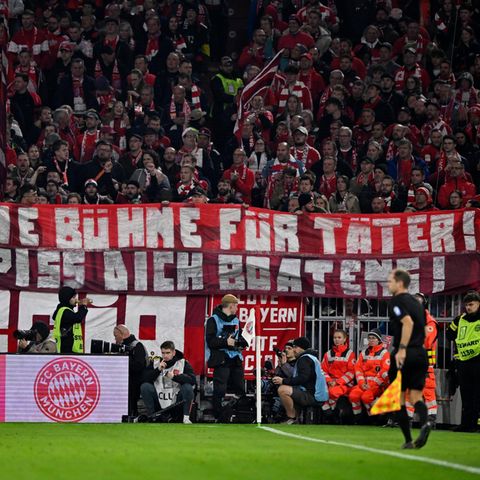Image: (APA/ROLAND SCHLAGER)
After treatment in the constitutional committee, the laws are to be passed. In response to numerous comments received during the assessment process, some of the draft laws were adapted, and the government did not respond to some major points of criticism.
The changes to the Media Cooperation and Promotion Transparency Act are scheduled to come into force on January 1, 2024. In the future, all public appearances and media collaborations must be reported to the media authority RTR, regardless of the publication frequency of a medium and from the first euro. Previously, non-periodic media were exempt and a de minimis limit of 5,000 euros applied. The reporting requirements are extended to social media, billboard and cinema advertising. A frequently demanded upper limit for advertisements is not forthcoming. A transparency report must be carried out for campaigns of EUR 150,000 or more, and an impact analysis must also be carried out for campaigns of EUR 1 million or more. The penalty for failure to report the data is increased to 60,000 euros and 100,000 euros in the event of a repeat offense.
In the future, RTR must prepare the data in a more user-friendly way and make it available for longer than before – namely ten years. As an administrative simplification for the legal entities concerned, the elimination of blank reports is cited. The publication is also changing from currently quarterly to semi-annually. Data for the first half of the year must be published by October 15th and those for the second half of the year by April 15th. The old legal situation still applies to data from the fourth quarter of 2023. The budget of RTR and KommAustria will be increased by around EUR 600,000 due to the new tasks.
“Every euro must be reported”
“The public has a right to know what happens to the taxpayers’ money. Therefore, in the future, every advertisement and every euro spent by the public sector must be reported,” Media Minister Susanne Raab (ÖVP) justified the amendment. Eva Blimlinger, media spokeswoman for the Greens, spoke in a broadcast of “complete clarity from the first euro to ensure responsible use of tax money”.
Another initiative provides for the creation of quality journalism funding of 20 million euros per year for print and online media. 15 million euros of funding will be awarded according to the number of journalists employed under a collective agreement or agreements similar to a collective agreement and the number of foreign correspondents. Additional funds flow, for example, for an existing editorial statute, error management system or plans for the advancement of women. EUR 2.5 million is available for funding for diversity in content (regional and international reporting), EUR 1.5 million for training and further education in media companies, EUR 700,000 for promoting media skills, EUR 250,000 for promoting media self-regulation and press clubs. 50,000 euros will go to media research.
As a general eligibility requirement, it is stated that it is not a purely specialist medium, but a universal medium that reports on several areas such as politics, sport, business, culture or science and research. The fact that science reporting was originally missing from the draft law was widely criticized. Daily newspapers must have at least six full-time journalists, weekly newspapers and magazines at least two, and online media at least three. Online media must also have at least 150,000 unique users per month. This hurdle has been lowered compared to the draft law, which called for 300,000 unique users and a minimum number of characters of 30 million. The requirement that the press council must be recognized in order to receive funding was not taken into account.
Party media excluded from funding
Party media, like news agencies, are excluded from funding. Media that have repeatedly incited violent struggles against democracy or the rule of law or hatred or violence against people or groups in recent years are also excluded.
KommAustria is responsible for allocating funding. It is advised by a five-member voluntary advisory board made up of people from the media sector and appointed by the federal government for a period of three years. The law is scheduled to come into force on July 1, 2023, but must first be reviewed by the EU Commission.
Raab spoke of a measure that promotes “independent and critical journalism, which is essential for any democracy”. “The new promotion of quality journalism marks a long overdue and historical paradigm shift in domestic media policy. Away from the promotion of printed paper towards the promotion of journalistic work,” said Blimlinger. What she is particularly pleased about is the omission of the minimum number of characters for online media, according to the Green media spokeswoman.
Out for the print edition of the “Wiener Zeitung”
The government is also serious about its plan, which has been criticized many times, to no longer allow the republic’s own “Wiener Zeitung” to appear as a daily print newspaper. It is to appear as an online medium and, depending on the available funds, at least ten times a year in print form, “taking into account a high journalistic quality standard and in compliance with an editorial statute”. EUR 7.5 million of the total of EUR 16.5 million that the federal government contributes annually are available for this. An advisory board is to be set up to support the editorial team. In the future, the dismissal and appointment of editors-in-chief will only be possible in agreement with the publisher – the Wiener Zeitung GmbH. This should also strengthen journalistic independence.
A “Media Hub Austria” with EUR 6 million per year is also being set up at Wiener Zeitung GmbH. It is intended to offer journalists a “practical program” that prepares them for the future requirements of the media market and primarily offers “training on the job”. Internships are planned at the “Wiener Zeitung” and at cooperation partners. The Media Hub Austria should also promote founders in the media sector and convey media knowledge to citizens. An advisory board will be set up to provide advice.
Digital “bulletin board”
A digital “bulletin board” will be set up as an announcement and information platform for the abolished print obligatory publications in the newspaper’s official gazette, where publications should be possible free of charge. In addition, the Wiener Zeitung GmbH is to operate a “Content Agency Austria”. This takes care of content and agency services for the federal government and companies, prepares information in the public interest and should also take on media agency services in the long term.
The law on the “Wiener Zeitung” is to come into force on July 1st. The changes must be implemented “in full” by the end of the year. Blimlinger said that the “Wiener Zeitung” should now become an “innovative and investigative medium” with a focus on national and international cooperation. The switch to online is a “future model and an upgrade”. “The number of hits will soon show that the ‘Wiener Zeitung’ can achieve so much more relevance – and will reach significantly more readers than before, day by day,” Blimlinger said with conviction. Like many representatives of various areas of society, the editorial team feared that the “Wiener Zeitung” would be broken up and massive staff cuts had to be made in recent months.
Source: Nachrichten




